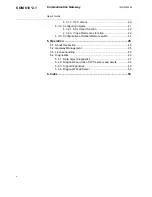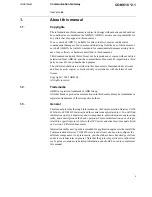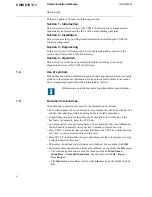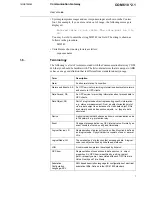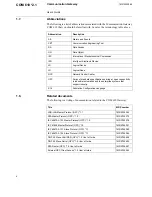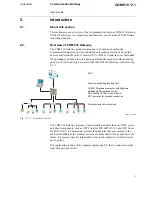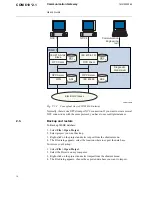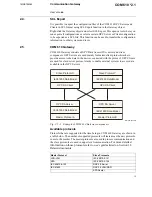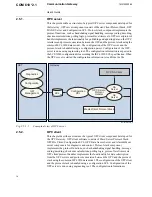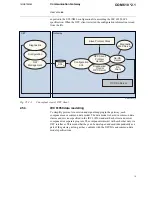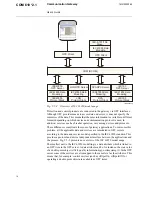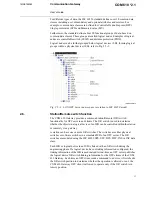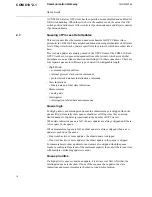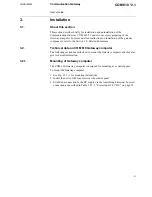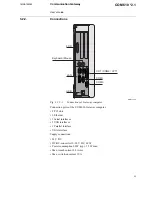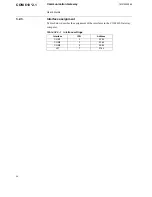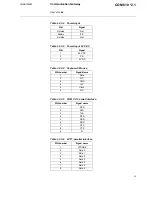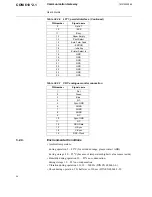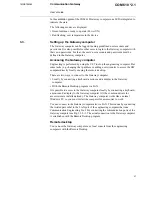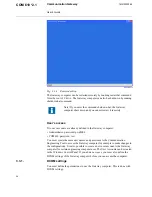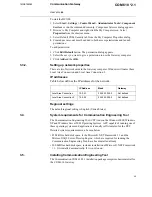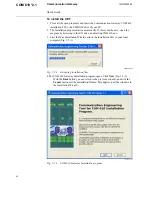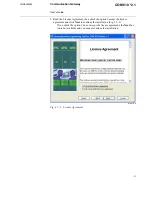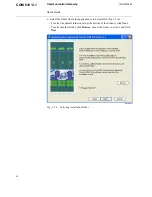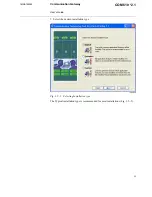
18
1MRS755385
Communication Gateway
User’s Guide
COM 610 *2.1
A COM 610 Gateway OPC client has the operation modes disabled and enabled for
S/R switch handling. When the switch is in the enabled mode, the values for S/R
switch position failures are Allow controls if position unknown and Reject controls
if position unknown.
2.7.
Queuing of Process Data Updates
This section describes the common queue mechanism for OPC Clients (slave
protocols) in COM 610. There might be additional queuing mechanisms on different
level of the protocol stacks, that are specific for the protocol, which are not described
here.
Process data updates are mainly queued in the OPC Clients of the COM 610. Each
OPC Client has own queues independent from other clients, which prevents that
disturbances on one client connection interfering with other connections. There are
four separate queues for different type of data with configurable length.
- High Priority
• command replies/confirms
• internal protocol stack control commands
• protocol stack database initialization commands
- State Indications
• binary data and other state indications
- Measurements
• analog data
- Interrogated
• interrogation related data and commands
Queue logic
For high priority and interrogated queues the oldest message is skipped when the
queues fill up. Generally these queues should never fill up since they contain a
limited number of updates (proportional to the number of OPC items).
When state indication queue is full, the new updates are always skipped until there
is free space in the queue.
When measurement queue is full, an older update is always skipped when a new
update is pushed on the queue.
- If an item has two or more updates, the oldest update is skipped.
- If no item has two or more updates, the oldest update in the queue is skipped.
For measurements, older updates for an item are also skipped when the queue
reaches a configurable percent of the maximum capacity (but only if there is an item
with multiple outstanding updates to send).
Queue priorities
If a high priority queue contains an update, it is always sent first. After that, the
interrogated queue is checked. If none of these queues has updates, the state
indications and measurements are checked in round-robin fashion.

